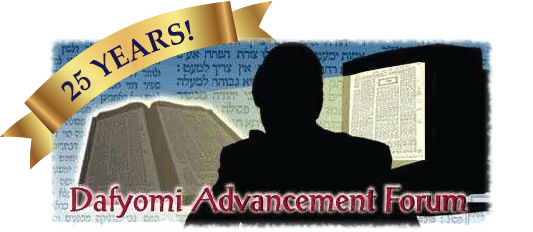What is the meaning of "Yazu'u"?
Rav Sadya Gaon: Yizdadze'u (they are agitated).
Rashi: Yirtachu (they are agitated).
Ibn Ezra, Rashbam: This is like "v'Lo Kam v'Lo Za Mimenu" (Esther 5:9; he did not fear or move due to him).
Rashbam: They are ill, and move.
Metzudas Tziyon: They shake and tremble. This is like "v'Hayah Rak Zeva'ah" (Yeshayah 28:19).
What are "Shomerei ha'Bayis"?
Rashi, from Shabbos 152a: They are the ribs and flanks, which protect the interior of the body.
Rashi (6, from Eichah Rabah): They are Mishmaros of Kehunah and Leviyah.
Ibn Ezra #1: They are the four processes appointed over every limb to guard it - drawing [in food], digestion, retention (to be absorbed) and purification (expelling waste).
Ibn Ezra #2: They are the hands with the upper arms. They guard the body lest evil befall it.
Ri Kara: They are the thighs and legs, on which the body is based.
Seforno: They are nerves (sinews) around bones.
What are "Anshei ha'Chayil"?
Rashi, from Shabbos 152a: They are the thighs which support the entire body (Ibn Ezra #2, Metzudas Tziyon - Chayil is strength).
Rashi (6, from Eichah Rabah): They are Kohanim, who were strong. Aharon waved 22,000 Leviyim in one day. The lightest parts of a bird are the innards and feathers, and Kohanim were able to throw them more than 30 Amos 1 (Zevachim 64a).
Ibn Ezra: They are the powers of nourishing, begetting and illustration (imagination).
Rid: They are the hands and upper arms.
Seforno: They are the bones.
This proves that all Kohanim were strong, not only Aharon! The Yerushalmi (Yuma 2:1) implies that a Kohen improper for any one Avodah is improper for any Avodah (Mishneh l'Melech Ma'ase ha'Korbanos 13:14)! (PF)
What is "v'His'avesu"?
Rashi: They get Avis (a cramp).
Ibn Ezra: [The thighs] were bent 1 , for they did not have strength to stand.
Rashbam: They are crooked and shake. Rid - this is like "Avah Avah Asimenah" (Yechezkel 21:32).
Seforno: The bones will be crooked, due to the sinews' weakness.
Metzudas Tziyon: This is like "v'Derech Resha'im Ye'aves" (Tehilim 146:9).
What are "ha'Tochenos"?
Rashi, from Shabbos 152a: They are the teeth (they grind).
Rashi (6, from Eichah Rabah): This refers to great Mishnayos, like of R. Akiva, R. Chiya and Bar Kapara.
What diminished?
Rashi: In old age, most teeth fall out.
Ibn Ezra: "Mi'etu" is Po'el Yotzei (it acts on others; the teeth) grinded less.
Rashbam: The strength of the teeth. Therefore, they are Batel.
Why are the teeth Batel?
Rashbam: Their strength diminished.
Seforno: Many fell out, and the remaining ones do not help each other.
What are "Arubos"?
Rashbam: The places [of the eyes].
Metzudas Tziyon: They are windows - "uch'Ashan me'Arubah" (Hoshe'a 13:3).
What is the meaning of "v'Chashchu ha'Ro'os ba'Arubos"?
Rashi, from Shabbos 152a: The eyes [darkened. Rid - and they do not see, due to old age].
Rashi (6, from Eichah Rabah): Talmud will be forgotten from the heart.




